4 territories that the USSR should have acquired after World War II, but did not achieve them
The Great Patriotic War not only brought terrible losses, but also made the Soviet Union a superpower on 1/6 of the world’s landmass. However, despite all the efforts of Soviet diplomacy, the USSR was never able to obtain a number of disputed territories.
Which regions did the Soviets claim after World War II?
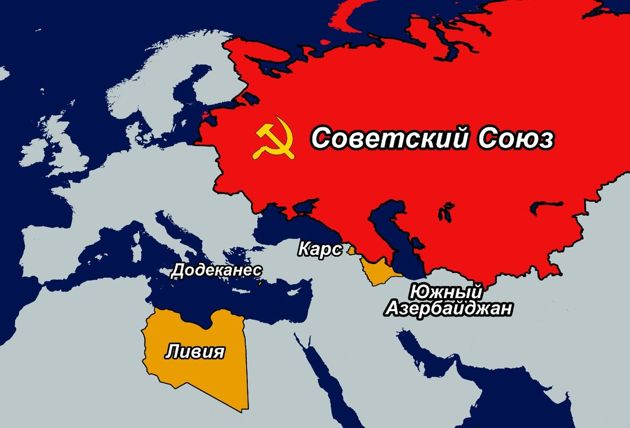
Libya
From 1911, Libya was a colony of Fascist Italy, and in 1943 it was liberated by British troops. The proposal to “take” part of Libya came from the former People’s Commissar for Foreign Affairs Maxim Litvinov.
Stalin quickly recognized this possibility and played a real comedy at the Potsdam Conference in 1945. Speaking to the leaders of the Allies, Joseph Vissarionovich ironically declared: “The British claim that Italy has lost its colonies forever, and if she has lost them, then who will find them?”
Churchill, who did not appreciate the joke, replied: “Libya has been liberated by British troops.” Stalin immediately retorted: “Berlin was liberated by the Red Army.”
According to the memoirs of French President Charles de Gaulle, Stalin’s statement caused a great stir. British Minister Ernst Bevin fell ill and the meeting was quickly adjourned.
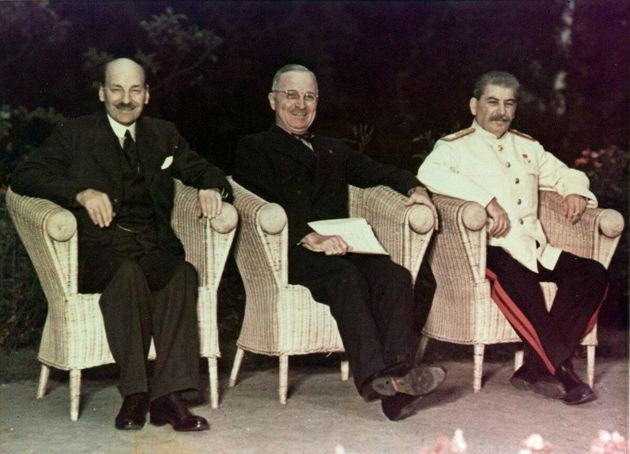
Potsdam Conference, 1945
As a result, the USSR proposed to divide Libya into three zones of occupation, where the Tripoli region would be under the jurisdiction of Soviet power. The region provided an opportunity for Moscow to establish a naval base in the Mediterranean, which would create a hotbed for the spread of communism to North Africa and the Middle East.
Western countries could not afford this. Negotiations on Libya continued until 1951, when the parties came to a “Solomonic solution” – to give the Libyans independence.
Dodecanese Islands
The archipelago in the southeastern Aegean Sea, which includes the largest island of Rhodes, also once belonged to Fascist Italy. In 1945, the fate of the archipelago was decided together with the fate of liberated Libya and aroused lively interest in the USSR.
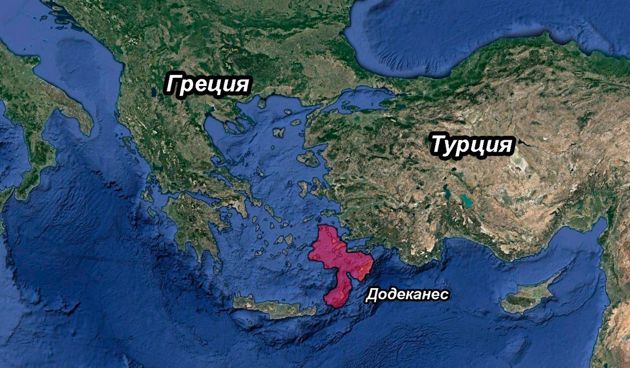
The Dodecanese is another potential Soviet naval base. It made it possible to influence Greek politics, as well as to control trade routes in the eastern Mediterranean. Following a policy of “neither you nor us”, the Allies ceded the archipelago to Greece in 1947.
Iranian Azerbaijan
In 1941, Iran declared neutrality in the World War, but this did not help it: the country was occupied by Great Britain and the USSR. Tehran did not expect an invasion, and therefore lost the war to smithereens.
By 1945, the Red Army occupied two regions of Iran – Azerbaijan and Kurdistan. In 1946, when the British had already withdrawn their army from Persia, Stalin announced that he wanted to annex Iranian Azerbaijan to the Azerbaijan SSR and thus incorporate the region into the USSR.
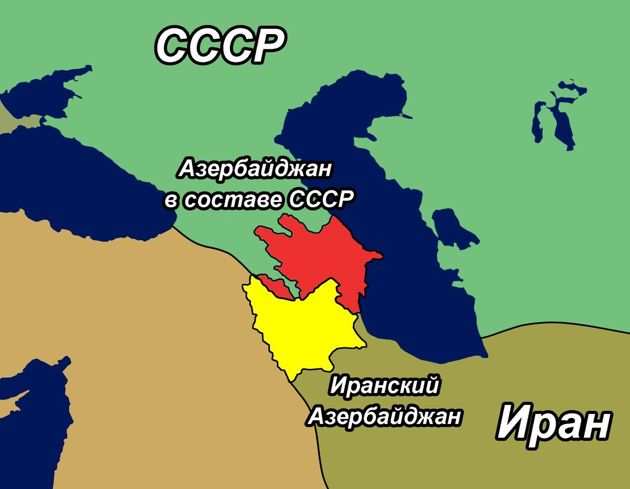
In response, Iran issued a note of protest at the UN. Under the threat of war, the West forced the Soviet Union to withdraw from Iranian territory. The regions, deprived of Soviet support, were immediately reconquered by the Iranian army.
Kars Region
This historical territory of Armenia has changed hands many times between Turkey, Russia and Armenia itself.
In 1921, the Soviets, in exchange for building socialism in Istanbul, gave the disputed region to the young Turkish Republic.
However, the local president, Mustafa Kemal, deceived Moscow. He banned all Communist parties in Turkey and preferred to forget about Soviet aid.
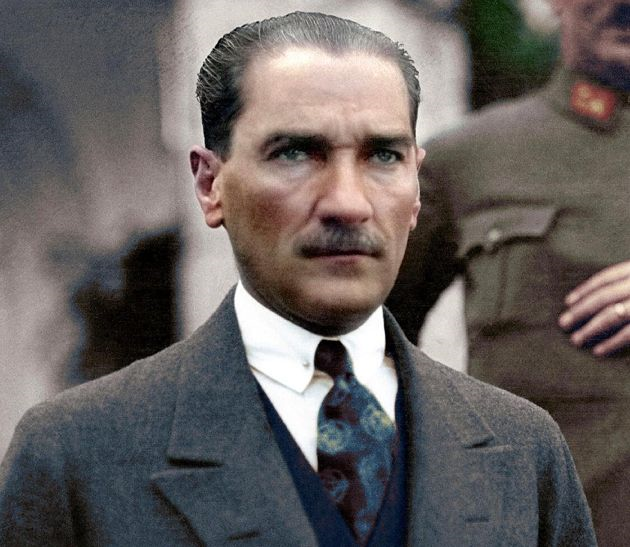
Mustafa Kemal Atatürk
On this basis, as well as in view of the unfriendly policy during the Second World War, Stalin gave Turkey an ultimatum: the return of the Kars region to the USSR or the transfer of partial control over the Black Sea straits.
It was the Western powers that had to save the Turks. The United States threatened the USSR with a nuclear strike in response to the conflict with Turkey, and in 1952 the republic hastily joined the NATO bloc.
The Soviet Union never managed to get its hands on these regions and withdrew its claim to them. The country has focused its efforts on other regions of the planet.
